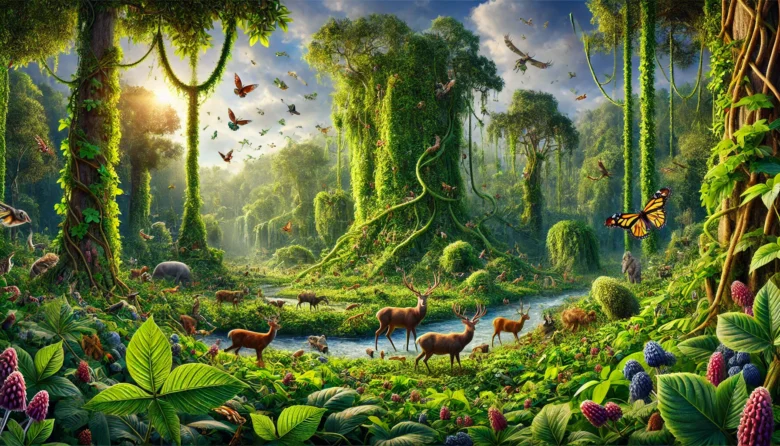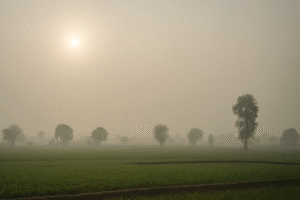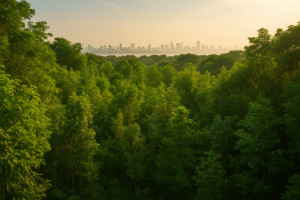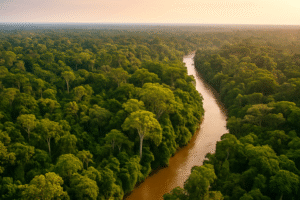Fun Fact: Did you know that invasive species can alter entire ecosystems, sometimes within just a few years?
Invasive species are like uninvited guests at a party—they show up unannounced, disrupt the balance, and often cause chaos. These species, whether plants, animals, or microorganisms, find their way into ecosystems where they don’t naturally belong. Once there, they grow, reproduce, and spread aggressively, often at the expense of native species. But why should we care? Because their impact can be disastrous—not just for the environment but also for economies and communities.
What Are Invasive Species?
Invasive species are organisms introduced to a new environment, either intentionally or accidentally, where they outcompete native species. Unlike native species that coexist in balance, invasive species often lack natural predators in their new environment. This provides them with a considerable edge, enabling them to take over and outcompete native species in local ecosystems.
Famous Examples of Invasive Species
Kudzu Vine (Pueraria montana): Introduced to the U.S. from Japan for erosion control, this fast-growing vine quickly took over the southern landscape, choking native plants.
Cane Toad (Rhinella marina): Brought to Australia to control pests, this amphibian became a pest itself, preying on native species and spreading rapidly.
Water Hyacinth (Eichhornia crassipes): This beautiful aquatic plant has become an ecological nightmare. It clogs waterways in Asia and Africa, reducing oxygen levels and killing aquatic life.
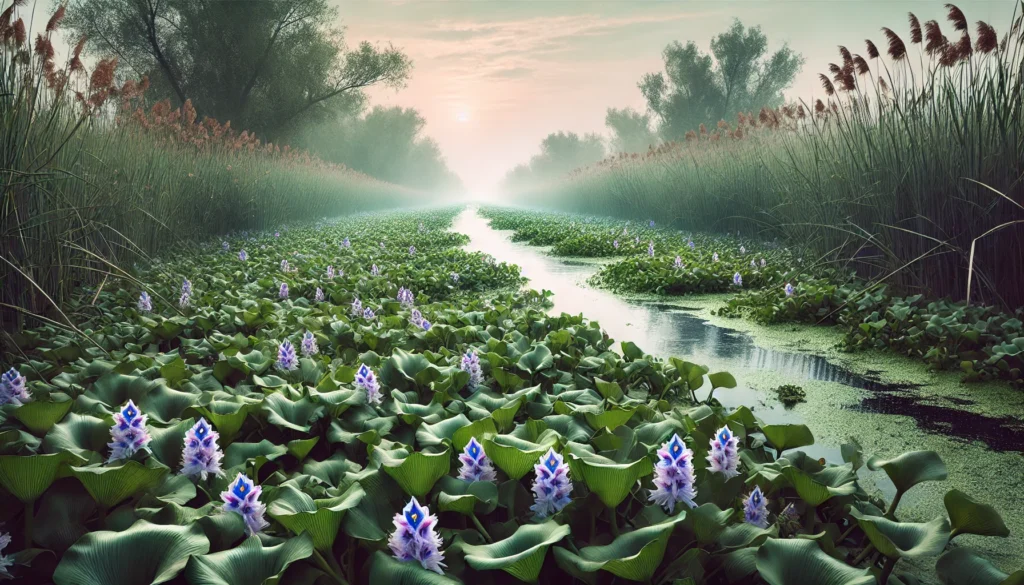
The Far-Reaching Impacts of Invasive Species
Disruption of Biodiversity
When invasive species dominate, native species struggle to survive. This leads to a loss of biodiversity, which weakens ecosystems. For instance:
Case Study: The Burmese Python in Florida’s Everglades
These snakes, native to Southeast Asia, were introduced as pets but now thrive in the wild. They prey on native mammals and birds, causing drastic population declines.
Economic Consequences
Invasive species cost the global economy billions each year. For example, The Zebra Mussel in North America: These tiny molluscs clog water pipes and damage hydroelectric plants, leading to costly repairs.
Alteration of Ecosystem Functions
Invasive species often change how ecosystems function. For instance, the European Rabbit in Australia: Introduced for hunting, it overgrazed vegetation, leading to soil erosion and desertification.
Threat to Human Livelihoods
Farmers, fishers, and communities dependent on natural resources often face severe challenges: The Fall Armyworm (Spodoptera frugiperda): This pest devastates maize crops in Africa, threatening food security for millions.
Why Are Invasive Species So Successful?
Several factors make invasive species thrive in new environments:
Lack of Natural Predators: Without predators, they grow unchecked.
Rapid Reproduction: Many invasive species reproduce quickly, overwhelming native populations.
Adaptability: They often survive in diverse conditions, giving them an edge.
What Can Be Done to Combat Invasive Species?
Prevention Is Better Than Cure
- Strict Regulations: Governments should enforce strict controls on the transport of plants, animals, and goods.
- Public Awareness: Educating people about the risks of releasing non-native pets or plants into the wild is crucial.
Early Detection and Rapid Response
-
- Monitoring Systems: Establishing systems to detect invasive species early can prevent widespread damage.
- Quick Action: Immediate removal or control measures can stop their spread.
Restoration Efforts
-
- After invasive species are removed, native ecosystems often need help to recover. Replanting native vegetation and reintroducing native species can restore balance.
Innovative Solutions in Action
Bio-control Methods: Introducing natural predators or diseases that specifically target invasive species. For instance, weevils are used to control water hyacinths in Africa.
Community Programs: Local communities in India have begun organising clean-up drives to remove invasive species like Lantana camara from forests.
What Can You Do as an Individual?
Avoid introducing non-native plants or pets into your local environment.
Participate in clean-up or awareness drives.
Support conservation organizations working to protect native ecosystems.
Conclusion
The influence of invasive species on local ecosystems is a worldwide concern with extensive and long-lasting effects. They threaten biodiversity, disrupt ecosystems, and affect economies and human livelihoods. While governments and organizations play a crucial role, individual action is equally important. By staying informed and taking small steps, we can all contribute to preserving the delicate balance of our natural world.
Let’s protect what’s local. After all, our ecosystems are our shared responsibility.
Author’s Note
As a nature enthusiast, I believe we all have a role in preserving our planet’s biodiversity. Writing about invasive species reminds me how interconnected our world is and how small actions can lead to significant change. I hope this blog inspires you to care for your local ecosystem!
G.C., Ecosociosphere contributor.
References and Further Reading
- National Geographic: Invasive Species
- Why Are There So Few Wild Birds in China? Top 9 Shocking Reasons Revealed. https://avianbliss.com/why-are-there-so-few-wild-birds-in-china/
- Archived – Phragmites | ontario.ca. https://www.ontario.ca/page/phragmites
- The Vital Connection: Understanding Our Deep Dependence on Nature | Blog | NOSY Creative Agency. https://nosy.agency/blog/the-vital-connection-do-you-feel-connected-to-nature/

